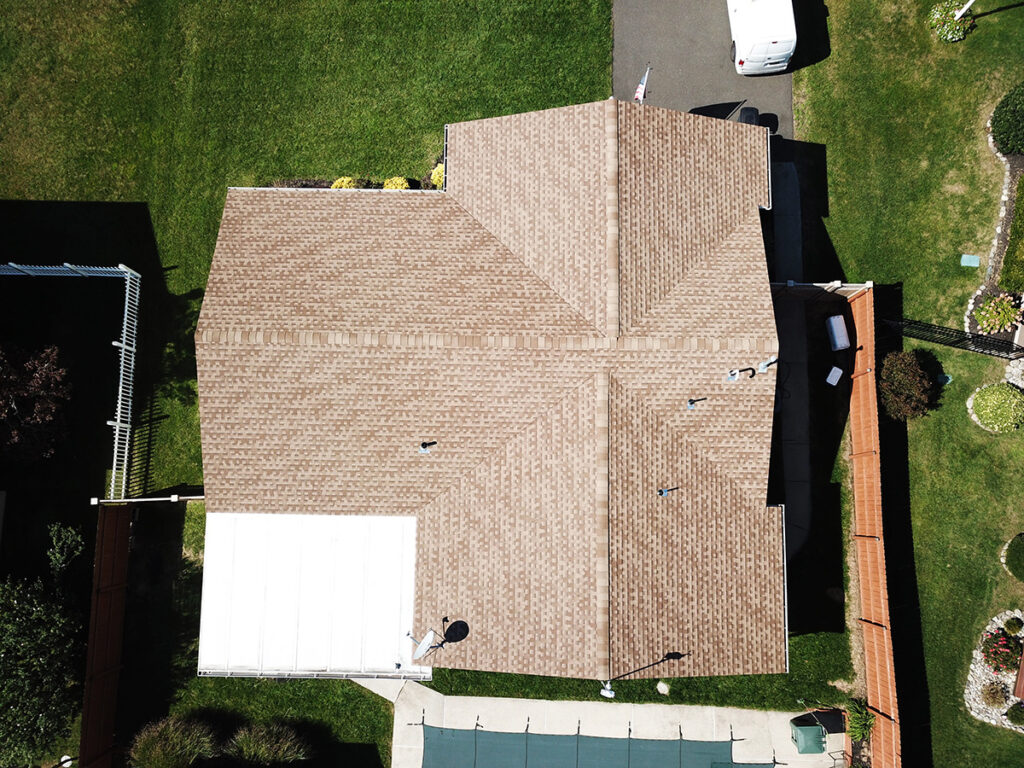History and Location of Howell, New Jersey
Howell, New Jersey, is a township situated in Monmouth County. With a rich history dating back to the colonial era, Howell’s development has been shaped by its agricultural roots, industrial advancements, and suburban growth.
Early History and Settlement
The Lenape Native Americans originally lived in the area that would become Howell Township. In the late 17th and early 18th centuries, European settlers started to arrive; they were primarily of Dutch and English ancestry. Because of the region’s rich resources and fertile soil, farming quickly took over as the main economic activity.
On February 23, 1801, Howell Township was formally formed by dividing some of Shrewsbury Township. Richard Howell, the third governor of New Jersey from 1793 to 1801, was honored by the name. The early residents of Howell established the township’s economy through small-scale industry, farming, and livestock raising.
Agricultural and Industrial Development
Howell remained predominantly an agricultural community during the 19th century, with its citizens cultivating crops like potatoes, wheat, and corn. The large farmlands and pleasant weather of the township provided the foundation for a flourishing farming community. The Manasquan River and other waterways made it easier to transport goods, which supported the local economy even more.
Howell underwent tremendous transformation when the railroad arrived in the middle of the 19th century. The railroad made it possible for Howell’s farmers and manufacturers to transport their products more effectively by acting as a vital conduit between the town and bigger markets. Small businesses that benefited from the area’s natural resources, such as sawmills and gristmills, grew as a result of this development.
By the late 19th and early 20th centuries, Howell began to diversify its economy. The discovery of marl, a type of soil rich in lime and clay, led to the establishment of the marl industry. This industry attracted workers and contributed to the township’s economic growth. Additionally, the production of brick and tile became prominent, capitalizing on Howell’s abundant clay deposits.
20th Century Suburbanization
Howell saw significant transformation in the 20th century, moving from a rural community to a suburban township. As a result of veterans and their families moving to the area in search of affordable housing and a suburban lifestyle after World War II, the population increased significantly. The development of important highways like Interstate 195 and Route 9 improved Howell’s appeal and accessibility for commuters traveling to and from New York City and other surrounding cities.
Farmlands were replaced by new residential subdivisions and neighborhoods as residential developments sprung up throughout Howell. The population of the township increased quickly, which prompted the building of new public buildings, schools, and other facilities. Howell kept some aspects of its rural past while developing into a contemporary suburban community.
Geographic Significance
Situated in the southern region of Monmouth County, Howell encompasses an approximate land area of 61.2 square miles. A number of municipalities encircle it: Wall Township to the east, Lakewood Township to the south, Jackson Township to the west, and Freehold Township to the north. Because of its central location in New Jersey, Howell has easy access to major thoroughfares such as the Garden State Parkway and Interstate 195.
The township’s topography is made up of a variety of residential neighborhoods, business districts, and open spaces. There are a lot of parks and recreation areas in Howell, including Bear Swamp Natural Area, Manasquan Reservoir, and Allaire State Park. These open areas enhance the scenic beauty of the township and provide residents with chances for outdoor recreation.
The presence of the Manasquan River and other water bodies adds to Howell’s geographic significance. These waterways have historically supported agriculture and industry and continue to provide recreational opportunities for fishing, boating, and hiking.
Current Day Howell
With more than 52,000 citizens, Howell is a vibrant, diverse community today. The township is home to numerous local businesses, top-notch schools, and a variety of housing options. Howell’s economy, which reflects its transition from an agricultural center to a suburban township, is bolstered by retail, healthcare, education, and professional services.
Howell’s local government invests in community services, sustainable development, and infrastructure with the goal of preserving the quality of life for its citizens. The township keeps expanding and changing, juggling the needs of contemporary suburban life with its rich historical legacy.
Howell, New Jersey, has a rich history shaped by its agricultural origins, industrial development, and suburban expansion. Its strategic location, combined with its commitment to preserving its heritage, makes Howell a significant part of Monmouth County’s landscape.

